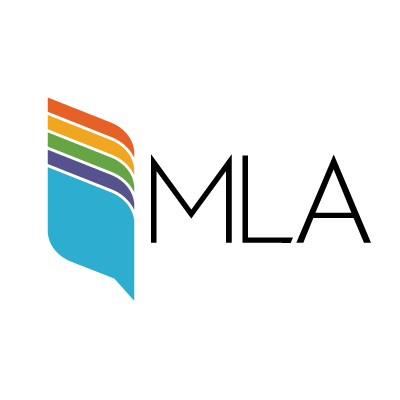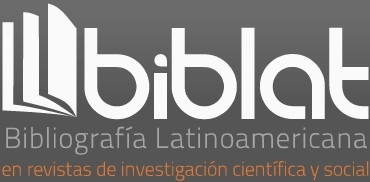Facing the Architext: Álvaro Mutis and the Magical realism
DOI:
https://doi.org/10.35494/topsem.2017.2.38.504Keywords:
reality (realism, vraisemblance or truthfulness), mystery (fantastic, strange, wonderful), hero (Gnostic myth)Abstract
Among his contemporaries belonging to the boom generation, Álvaro Mutis, with his Empresas y tribulaciones de Maqroll el Gaviero, stands out by the original way he approaches the mystery. That approach, consisting of putting a “poetic mute” to the mystery, has obvious affinities with the historical Magical realism, “invented” in the interwar period by Italian Massimo Bontempelli. (Not to be confused with vague and imprecise theories that circulated under the same label in Latin America, from the 50s of the last century). In this paper, which is part of a broader research, it is intended to explore the architextual dimension of the Colombian author’s novel cycle, by referring to Gérard Genette, for whom the architext covers “all general or transcendent categories [...] each singular text notes”. In the specific case of Mutis, those categories are reality and mystery themselves, and especially the hero, which synthesizes both, at a mythical level.Downloads
References
ARISTÓTELES (1944). Perì Poietikês (‘Poética’). Madrid: Gredos.
BARTHES, Roland (1977). « Introduction à l’analyse structurale
des récits ». En VV. AA., Poétique du récit. París : Seuil, coll. «Points ».
BONTEMPELLI, Massimo (1938). L’ avventura novecentista.
Florencia: Valecchi.
CAMACHO DELGADO, José Manuel (2003). “El discurso del fracaso en La nieve del almirante de Álvaro Mutis”, Revista de Estudios Colombianos, núm. 25-26, pp. 16-25. Disponible en: http://www.colombianistas.org/Portals/0/Revista/REC25- 26/4.REC_25-26_CamachoDelgado.pdf
CULIANU, Ioan Petru (1995 [1990]). Gnozele dualiste ale Occidentului (trad. rum.). Bucarest: Nemira.
___________ (1998 [1992]). Arborele gnozei. Mitologia gnostică de la creștinismul timpuriu la nihilismul modern (trad. rum.) Bucarest: Nemira.
___________ (2000). Studii românesti I: Fantasmelenihilismului. Secretul doctoruli Eliade (trad. rum.). Bucarest: Nemira.
FREUD, Sigmund (1975 [1919]). « L’inquiétante étrangeté ». Essais de psychanalyse appliquée (trad. fr.). París : Gallimard.
GENETTE, Gérard (1969). « Vraisemblance et motivation », Figures II. París : Seuil, coll. « Poétique » .
___________ (1982). Palimpsestes. La littérature au second degré. París : Seuil, coll. « Poétique » .
IVANOVICI, Victor (2011). Disquisiciones y divagaciones, 2 vols. Quito: Casa de la Cultura Ecuatoriana Benjamín Carrión.
___________ (2016). Itinerarios cervantinos. Quito: Casa de la Cultura Ecuatoriana Benjamín Carrión, col. “Antítesis”.
JOLLES, André ([1930] 1972). Formes simples (trad. fr.). París : Seuil.
JONAS, Hans ([1958 & 1963] 1992). The Gnostic Religion. The Message of the Alien God and the Beginings of Christianity. 2a. ed., revised. Londres: Routledge.
KERENYI, Karl (1972). Gli dèi e gli eroi della Grecia (trad. Ital.). 3a. ed. Milán: Saggiatore.
MARINO, Adrian (1973). Fantasticul. Dicționar de idei literare. Bucarest: Editura Eminescu, pp. 655-685.
MUTIS, Álvaro (2001). Empresas y tribulaciones de Maqroll el Gaviero. Madrid: Grupo Santillana Editores, S.A.
OIESTEANU, Andrei (2016). Sexualitate și societate. Istorie, religie și literatură. Polirom: Iași.
ORTEGA y GASSET, José ([1925] 1982). “Ideas sobre la novela”. Ideas sobre el teatro y la novela. Paulino Garagorri (ed), Revista de Occidente. Madrid: Alianza Editorial, pp. 13-56.
PROPP, V. I. (1928 [1970]). Morfologia basmului (trad. rum.). Bucarest: Univers.
RIZZANTE, Massimo (1992). “Abitare il moderno. Riflessioni sulla poetica novecentista”. En VV. AA. Massimo Bontempelli scrittore e intellettuale. A cura di Corrado Donati. Roma: Editori Riuniti.
TODOROV, Tzvetan (1968 [1970]). “Introducción”. En VV. AA. Lo verosímil (trad. esp.). Buenos Aires: Tiempo Contemporáneo.
___________ (1970 [1973]). Introducere în literatura fantastică (trad. rum.). Bucarest: Univers.
VAX, Louis (1970). « Les rôles du réalisme dans la littérature fantastique». Cahiers Roumains d’Études Littéraires, núm. 3. Bucarest: Univers.
Published
How to Cite
Issue
Section
License

Tópicos del Seminario is licensed under a Creative Commons Reconocimiento-NoComercial-CompartirIgual 4.0 Internacional License.














